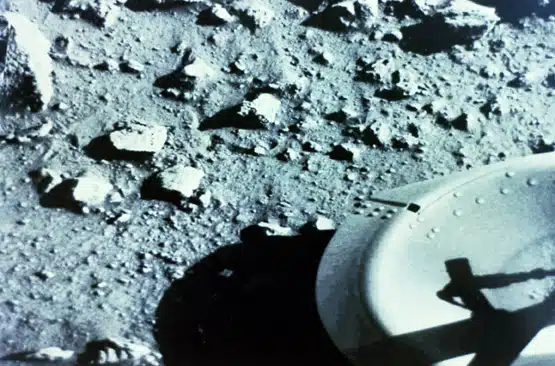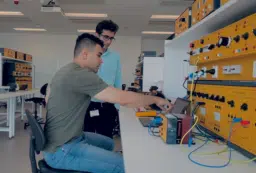(before NT and SA collided two billion years ago)
TWO BILLION years ago, the Australia we know today existed only in pieces. Northern, western and central Australia all belonged to different continents.
New research in Adelaide is showing how these bits may have come together. And the information could be significant to the discovery of new mineral deposits.
Kate Selway, a PhD student in the University of Adelaide’s School of Earth and Environmental Sciences, has found evidence for a collision between northern and central Australia which happened 1.64 billion years ago.
“If you looked south from Alice Springs before that time, you would have seen an ocean,” Selway says. “The huge forces involved in this collision produced mountain ranges and actually helped create the crust of central Australia.”
Using a geophysical technique called magnetotellurics, which measures the electrical conductivity of the Earth to depths of hundreds of kilometres, Selway has been probing the Earth beneath central Australia. She found that northern Australia is more conductive than central Australia, and that the boundary between them extends to at least 150 km depth.
Many ancient structures in Australia, such as this collision zone, are hidden to traditional geological probes by thick layers of younger sediment. But, says Kate, finding these structures by using methods which can penetrate the sediment is vital.
“Not only does this kind of information help us to understand how our continent formed, it can also be fundamental in finding the next big mineral deposit. Such structures play an important role in determining how fluids move under the surface-and it is these fluids that can often carry the metals which concentrate into valuable mineral deposits.”
The work was undertaken as a collaboration between the University of Adelaide and the Northern Territory Geological Survey.
Kate Selway is one of 16 Fresh Scientists who are presenting their research to school students and the general public for the first time thanks to Fresh Science, a national program hosted by the Melbourne Museum and sponsored by the Federal and Victorian governments, New Scientist, The Australian and Quantum Communications Victoria. One of the Fresh Scientists will win a trip to the UK courtesy of the British Council to present his or her work to the Royal Institution.





 Fresh Science is on hold for 2022. We will be back in 2023.
Fresh Science is on hold for 2022. We will be back in 2023.